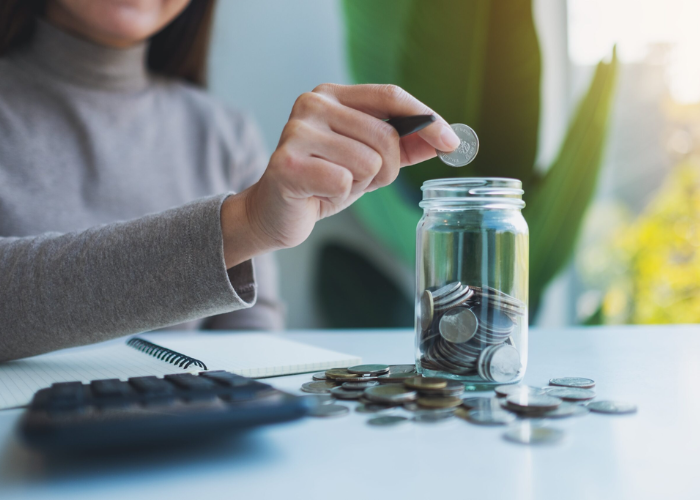An emergency fund is a financial safety net for unexpected expenses. It’s a savings account that is set aside for financial emergencies like job loss, medical bills, or home repairs. An emergency fund can be a lifeline when you are faced with an unexpected financial crisis. Building an emergency fund takes time and dedication, but it’s worth the effort. Having an emergency fund can provide the security and peace of mind that comes with knowing you’ll be able to handle whatever life throws your way.
Understand the Need for an Emergency Fund
The first step in building an emergency fund is to understand why it’s important. An emergency fund is there to help when you face an unexpected expense that you can’t cover with your regular income. It’s not meant to be used for everyday expenses like groceries or entertainment. It’s important to have an emergency fund in place so you don’t have to resort to using high-interest credit cards or taking out loans to cover an unexpected expense.
Determine How Much You Can Save
Once you understand the importance of having an emergency fund, it’s time to figure out how much you can realistically save. Start by looking at your budget and figuring out how much money you can set aside each month. It doesn’t have to be a large amount – even a small amount can add up over time. The goal is to have at least three to six months of expenses saved in your emergency fund.
Decide Where to Put Your Savings
Once you’ve determined how much you can save each month, it’s time to decide where to put your savings. It’s important to choose a place where your money will be safe and accessible. A high-yield savings account is a good option because it will earn more interest than a regular savings account, and you’ll still have easy access to your money.
Set Financial Goals
Now that you’ve decided where to save your money, it’s time to set financial goals. Having a plan for how you’re going to save your money is important for staying motivated and on track. Start by setting a goal for the amount of money you want to save each month. Make sure your goal is achievable – it’s better to set smaller goals that you can realistically meet than to set goals that are too ambitious and end up giving up.
Stay Focused
Once you’ve set your goals, it’s important to stay focused and on track. Make sure you’re making regular deposits into your emergency fund and track your progress. Seeing your progress can be a great motivator and help you stay focused.
Automate Your Savings
Another great way to stay on track is to automate your savings. Set up an automatic transfer from your checking account to your emergency fund each month. This way, you won’t have to remember to make a deposit – it will happen automatically.
Maximize Your Emergency Fund
Once you’ve started building your emergency fund, there are a few things you can do to maximize it. First, make sure you’re taking advantage of the interest rates available to you. High-yield savings accounts are a great option for earning more interest on your savings. Additionally, look for ways to reduce your expenses so you can save more each month.
Conclusion
Building an emergency fund takes time and dedication, but it’s worth the effort. Having an emergency fund provides the security and peace of mind that comes with knowing you’ll be able to handle whatever life throws your way. Start by understanding the need for an emergency fund, determining how much you can save, deciding where to put your savings, setting financial goals, staying focused, automating your savings, and maximizing your emergency fund. With a little bit of effort and dedication, you’ll be able to build a financial safety net that will help you face whatever life throws your way.


